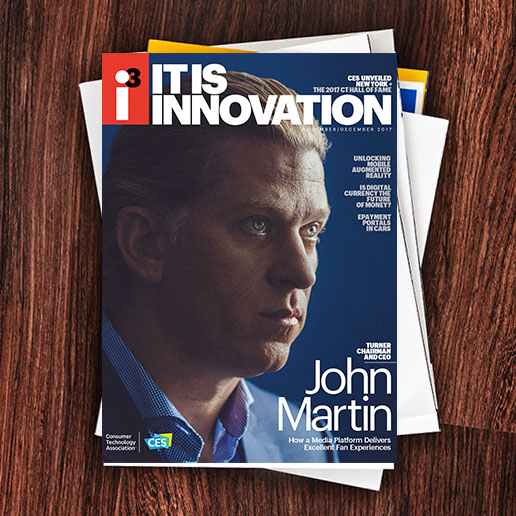Two things happened to me recently that sparked this article. First, I was double-blind introduced to someone in my industry after a new product announcement at our company. The call started off with her saying, “I’m not sure what we’re talking about, but we were thrown together on the call.” This was followed by a poor elevator pitch on my part.
That really threw me off my game for the call. I realized the core problem was that the email introduction didn’t establish the business purpose of the call. It didn’t help that the introductions for both of us came from our own recent individual connections and not through people that we both knew for years. I hope, but doubt, I’ll hear from my new connection anytime soon.
I then had a call with a new acquaintance I met at a CTA event who asked me to connect with someone in his organization. As a “pro-introduction guy,” I immediately said I would send a forwardable email to make it as easy as possible for him to make the intro.
At this point in the call, I was directed to his blog with specific instructions. It was his way to “codify” the process of business introductions to ensure benefit for both parties. As weird and binary as his process is, he claims that he has done A-B testing on it (both for timing and language) and that it has the highest response rate. Whether or not this can be applied to you, the takeaway is that having a specific process for managing business introductions is a good idea.
LinkedIn turns 15 this year and has fundamentally changed how we hustle our way through the industry. It hasn’t been all positive, however. Email inboxes are flooded with messages. Even for the “Inbox Zero” crowd, it’s tough to manage these expectations coming in from all directions.
My personal takeaway is that I am no longer blindly putting two people together without asking my connection first if they are interested to save them the hassle. There are exceptions to this, but when in doubt, I’m sparing my contacts and relationships a bad intro. I’m also making a change in my commitment level to making intros. For example, instead of saying, “Would you like an intro to ABC,” I’m saying, “I have a good contact at ABC, and if you are interested in an intro, send me something I can forward to pre-check if they are interested in an intro.”
Last month, I would have argued that this is just semantics. However, I’ve completely redefined my process for making and receiving introductions. And it’s so easy to get in touch with me through LinkedIn, Twitter or email.

i3, the flagship magazine from the Consumer Technology Association (CTA)®, focuses on innovation in technology, policy and business as well as the entrepreneurs, industry leaders and startups that grow the consumer technology industry. Subscriptions to i3 are available free to qualified participants in the consumer electronics industry.